News
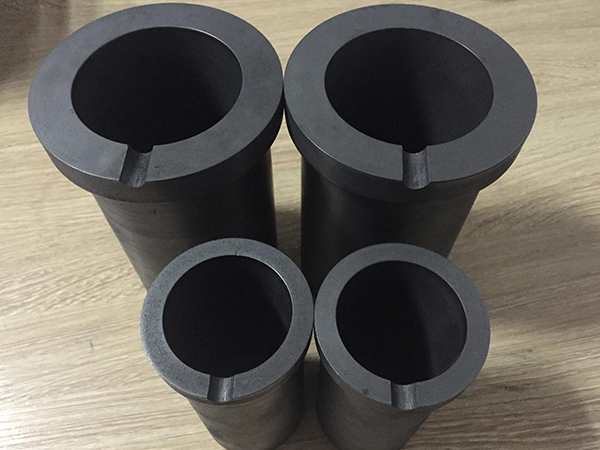
Graphite crucible is a commonly used crucible in laboratories, usually made of graphite. Compared to ceramic crucibles, graphite crucibles have significant advantages. Firstly, graphite crucibles have high heat resistance. Graphite has a high melting point and thermal stability, so it can maintain its structure and performance at high temperatures without melting or deforming. This makes graphite crucibles ideal containers for high-temperature experiments. In contrast, ceramic crucibles have lower heat resistance and are prone to cracking or breaking at high temperatures. Secondly, graphite crucibles have good thermal conductivity. Due to the excellent thermal conductivity of graphite, heat from the heat source can be quickly transferred to the experimental material, achieving rapid heating. This is crucial for experiments that require fast heating, as it saves time and improves efficiency. In comparison, ceramic crucibles have poor thermal conductivity and require a longer time to achieve the same heating effect. Thirdly, graphite crucibles have high chemical inertness. Graphite has high corrosion resistance and can withstand the attack of most chemical solutions without reacting with the experimental substances, thereby not affecting the experimental results. This makes graphite crucibles suitable for various chemical experiments, especially those involving strong corrosive substances such as acids and bases. Ceramic crucibles, on the other hand, can react with certain strong corrosive substances, affecting the experimental results. Additionally, graphite crucibles have high mechanical strength. Graphite has good toughness and impact resistance, making it resistant to cracking or fracturing. This gives graphite crucibles a longer lifespan, allowing them to withstand multiple uses and cleaning processes while reducing the risk of accidental damage during experiments. In comparison, ceramic crucibles are more prone to cracking or breaking and require careful handling. Graphite crucibles also have low adsorption. The surface of graphite is not easily adsorbed by gases or chemicals, allowing it to maintain the purity of the experimental environment without affecting the results or causing deviations. This is crucial for experiments that require a high experimental environment, especially those involving high-purity samples. In contrast, ceramic crucibles have high adsorption and are prone to adsorbing gases or chemicals, which may adversely affect the experimental results. In summary, graphite crucibles have advantages over ceramic crucibles in terms of heat resistance, thermal conductivity, chemical inertness, mechanical strength, and adsorption. These advantages make graphite crucibles widely used in laboratories, meeting the needs of various experiments and providing accurate and reliable results. However, it is still necessary to choose the appropriate crucible material based on specific experimental requirements and conditions to ensure smooth and accurate experiments.
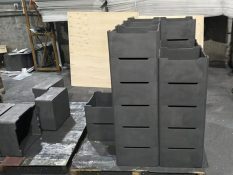
Apr 02,2024
Maintenance knowledge of negative material saggerThe sagger of negative electrode material is an important tool used to protect, support and transport negative electrode materials during battery manufacturing. Proper maintenance is essential to ensure the service life of the sagger and improve the manufacturing efficiency and quality of the battery. This article will provide you with detailed knowledge about the maintenance…
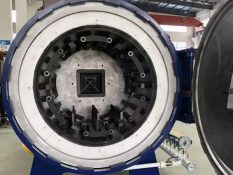
Nov 15,2023
Vacuum Furnace Graphite: Characteristics, Applications and Manufacturing ProcessesVacuum furnace graphite is a high-quality high-temperature graphite material with excellent high-temperature stability, corrosion resistance and thermal conductivity. This article will introduce in detail the characteristics, application range and manufacturing process of vacuum furnace graphite. 1. Characteristics of vacuum furnace graphite High-temperature stability: Vacuum furnace graphite can maintain stable physical and chemical properties at high…
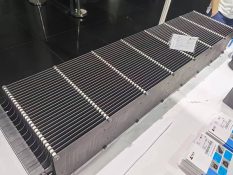
Nov 16,2023
What are the factors that affect the price of photovoltaic graphite boats?Photovoltaic graphite boat is an important equipment used in the photovoltaic industry. Its price is affected by many factors, including materials, design, manufacturing process, market demand, etc. This article will analyze in detail the impact of these factors on the price of photovoltaic graphite boats. 1. Materials The main material of the photovoltaic graphite boat…
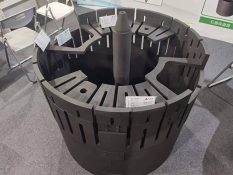
Nov 09,2023
The value and application of graphite thermal fieldintroduction Graphite thermal field is an important industrial heating equipment, widely used in metallurgy, glass, ceramics, chemical industry and other fields. It is an efficient, environmentally friendly and energy-saving heating method with the advantages of high temperature, thermal shock resistance, easy processing, and environmental protection. It plays an increasingly important role in industrial production. advantage…